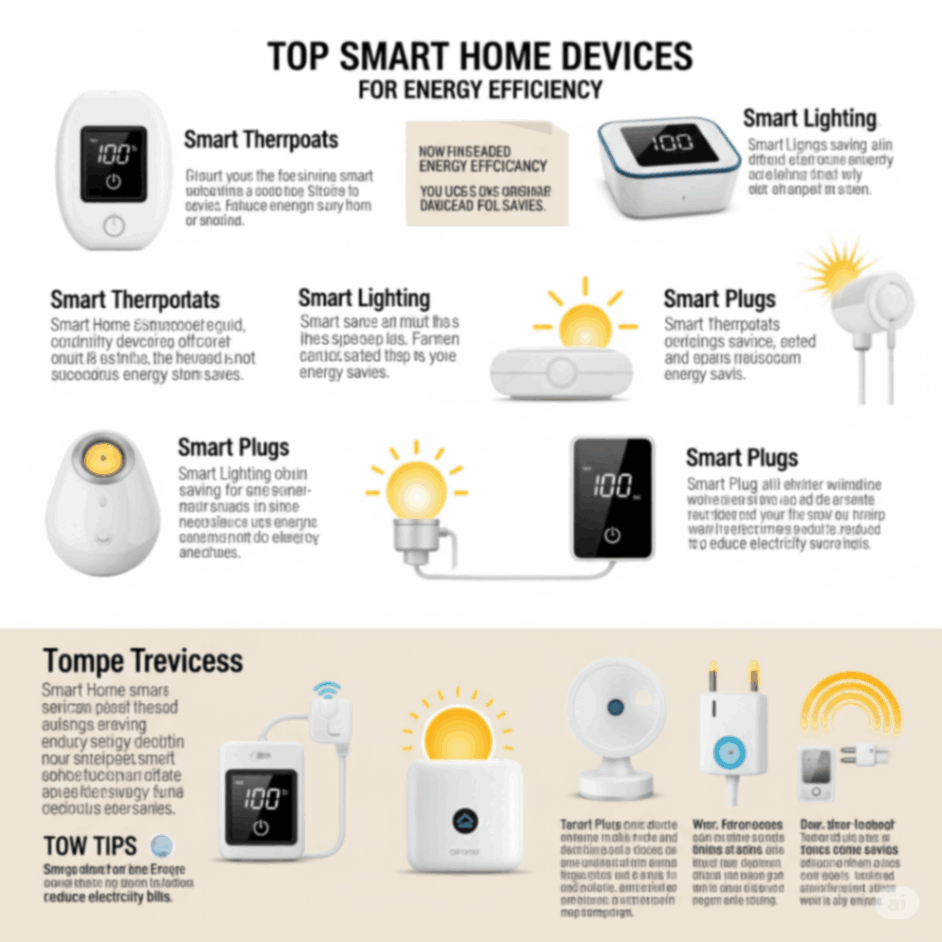Introduction
In recent years, foldable smartphones have shifted from a futuristic concept to a tangible product that is now taking the mobile industry by storm. With leading tech companies investing heavily in foldable technology, these devices are expected to dominate the smartphone market by 2025. But what makes foldable smartphones so appealing, and how are they changing the way we think about mobile devices?
In this article, we will explore the rise of foldable smartphones, their potential to reshape the mobile industry, and the trends that are driving this transformation. From enhanced portability and multitasking capabilities to the challenges of durability and pricing, foldable smartphones offer a unique blend of innovation and practicality.
What Are Foldable Smartphones?
Foldable smartphones are mobile devices that feature flexible screens, allowing the device to fold or unfold, offering larger displays while maintaining portability. These devices typically use flexible OLED (Organic Light-Emitting Diode) technology, which enables screens to bend without damaging the display.
The primary appeal of foldable smartphones is their ability to offer users the functionality of both a compact device and a larger tablet in a single product. They allow users to enjoy the portability of a phone while providing the screen real estate of a tablet when unfolded, thus enhancing multitasking and media consumption.
The Evolution of Foldable Smartphones
Foldable smartphones have come a long way since their introduction. Early prototypes faced significant technical hurdles, such as screen durability, hinge mechanisms, and a lack of software optimization for the new form factor. However, advancements in flexible displays, hinge technology, and manufacturing processes have paved the way for more robust and practical foldable smartphones.
1. First Foldable Smartphone – Samsung Galaxy Fold (2019)
Samsung’s Galaxy Fold, released in 2019, was one of the first commercially available foldable smartphones. It featured a large 7.3-inch display that could be folded in half to offer a more compact size for portability. Despite facing some initial issues with the durability of its foldable screen, the Galaxy Fold laid the foundation for subsequent foldable smartphones.
2. Improved Designs and Durability
Following the initial Galaxy Fold, manufacturers like Huawei, Motorola, and Xiaomi introduced their foldable models with refined designs. The Samsung Galaxy Z Fold 3, released in 2021, marked a significant improvement in durability with an under-display camera, improved hinge mechanisms, and stronger materials.
| Year | Foldable Smartphone Model | Key Features |
|---|---|---|
| 2019 | Samsung Galaxy Fold | First commercially available foldable smartphone. |
| 2020 | Motorola Razr 5G | Iconic flip design with 6.2-inch screen, retro appeal. |
| 2021 | Samsung Galaxy Z Fold 3 | Improved durability, under-display camera, and S Pen support. |
| 2023 | Xiaomi Mix Fold 2 | Ultra-thin flexible OLED display, 120Hz refresh rate. |
As we move toward 2025, foldable smartphones are expected to become more mainstream, offering a variety of benefits that traditional smartphones cannot match. These benefits extend to both consumers and manufacturers.
1. Enhanced Portability with Larger Screens
One of the major advantages of foldable smartphones is their ability to offer a large screen that folds into a compact form factor. Users can now enjoy the benefits of a tablet-like experience while still fitting the device in their pocket or purse. This makes foldable phones ideal for users who need a larger display for productivity, media consumption, or gaming, but don’t want to carry around a bulky tablet.
2. Multitasking and Productivity
Foldable smartphones allow for better multitasking. When unfolded, these devices offer a large screen that can be split into multiple windows, making it easier to perform tasks like video conferencing, document editing, and browsing multiple apps simultaneously. This feature is expected to become even more refined by 2025, with software tailored to take full advantage of the larger, flexible displays.
3. Innovation in Mobile Gaming and Media Consumption
The large, high-quality displays in foldable smartphones will enhance the mobile gaming and media consumption experience. By 2025, we can expect foldable phones with 5G capabilities, offering faster download speeds and seamless streaming for games, movies, and videos.
Benefits of Media Consumption:
-
Wider screens for better viewing: Foldable smartphones allow users to unfold a larger screen, perfect for watching movies and playing games.
-
Immersive experiences: Higher refresh rates (120Hz or more) provide smooth visuals for gaming and video playback.
| Feature | Example | Benefit |
|---|---|---|
| Display Size | 7.6-inch unfolded screen | Enjoy tablet-like screen space while retaining portability. |
| Multitasking | Split-screen apps and apps running side-by-side | Increase productivity and work seamlessly on the go. |
| Refresh Rate | 120Hz refresh rate | Smooth and responsive graphics, ideal for gaming. |
While foldable smartphones have made significant strides, they still face a few challenges that manufacturers are working to overcome. These challenges include durability, price, and limited app optimization.
1. Durability and Screen Protection
One of the primary concerns with foldable smartphones is the durability of the foldable screen. Although manufacturers have improved hinge mechanisms and screen materials, folding screens are still more prone to damage compared to traditional smartphone displays. Over time, constant folding and unfolding can cause wear and tear, particularly on the hinges and screen.
Potential Solutions:
-
Improved Materials: Manufacturers are experimenting with stronger and more flexible materials like ultra-thin glass and plastic polymers that can withstand frequent folding.
-
Reinforced Hinges: Companies are enhancing hinge mechanisms to increase longevity and reliability.
2. High Price Point
Currently, foldable smartphones are significantly more expensive than traditional smartphones. With prices ranging from £1,500 to £2,000 or more, these devices are out of reach for many consumers. However, as technology improves and production costs decrease, we can expect prices to become more competitive by 2025.
Price Trends:
-
2025 Forecast: It’s anticipated that foldable smartphones will become more affordable as mass production techniques improve and as consumer demand increases.
3. App Optimization
Not all apps are optimized for foldable devices, and some may not take full advantage of the flexible screens. As foldable devices become more widespread, developers will need to ensure their apps are compatible with foldable smartphones’ unique form factor.
The Future of Foldable Smartphones in 2025
As foldable technology continues to evolve, we can expect to see some major advancements by 2025. Key trends to look out for include:
1. Better Flexibility and Design
The designs of foldable smartphones will continue to improve, with thinner, lighter, and more flexible displays. Expect even more innovative folding mechanisms, such as tri-fold or rollable screens, which offer greater screen real estate and improved usability.
2. Advanced Software Integration
By 2025, Android and iOS will have evolved to better support foldable smartphones. Expect operating systems to fully optimize the user interface for foldable displays, with features such as enhanced multitasking and app continuity between folded and unfolded modes.
3. Wider Consumer Adoption
As foldable phones become more affordable and user-friendly, consumer adoption will increase significantly. In 2025, foldable smartphones could be mainstream devices, catering to a broader audience beyond tech enthusiasts.
| Trend | Description |
|---|---|
| Better Design and Flexibility | Thinner, lighter, and more flexible foldable phones. |
| Advanced Software | Improved support for multitasking and optimized user interfaces. |
| Wider Consumer Adoption | Foldable smartphones are becoming mainstream and affordable. |
1. Are foldable smartphones worth the price in 2025?
Foldable smartphones offer significant advantages, such as large screen sizes in a portable form and enhanced productivity features. As the technology becomes more affordable, it will become more accessible and worthwhile for many consumers.
2. What are the best foldable smartphones available now?
Some of the best foldable smartphones include the Samsung Galaxy Z Fold 3, Huawei Mate X2, and Motorola Razr 5G. Each offers unique features, such as large displays, innovative hinges, and 5G capabilities.
3. Will foldable smartphones be durable by 2025?
While current foldable smartphones face durability challenges, significant improvements in materials and design are expected by 2025, making them more robust and long-lasting.
4. Can foldable smartphones replace tablets?
Foldable smartphones have the potential to replace tablets for many users, especially with advancements in multitasking, screen size, and portability. However, some consumers may still prefer the larger, more specialized display of a traditional tablet.
Conclusion
Foldable smartphones represent the next step in the evolution of mobile devices. By 2025, we can expect these devices to become more affordable, durable, and widely adopted, with improvements in design and software integration. As foldable technology continues to transform the mobile industry, it will redefine how consumers interact with their devices and open up new possibilities for mobile gaming, productivity, and entertainment.
For businesses and tech enthusiasts looking to stay ahead of the curve, understanding the rise of foldable smartphones is crucial. To learn more about emerging tech trends and their impact on industries, visit Derektime for more expert insights and resources.

